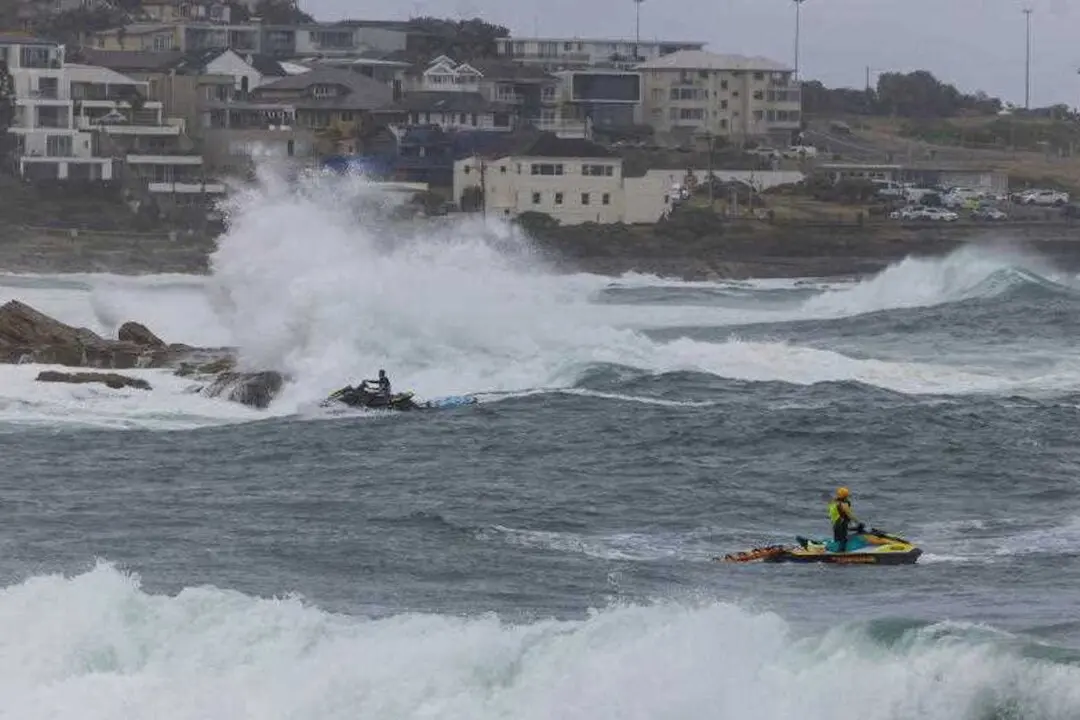Dam levels across greater Sydney have risen by more than 20 percentage points amid heavy weekend rainfall, with enough water for as much as 150,000 Olympic-size swimming pools flowing into Warragamba Dam.
Sydney, the Central Coast, and the Blue Mountains were soaked after receiving between 200mm and 400mm of rain from 9 a.m. Friday to 5 p.m. Sunday, with additional rain expected on Monday and through the week.





